What States Allow Earthbag Homes (Is It Legal in Yours?)
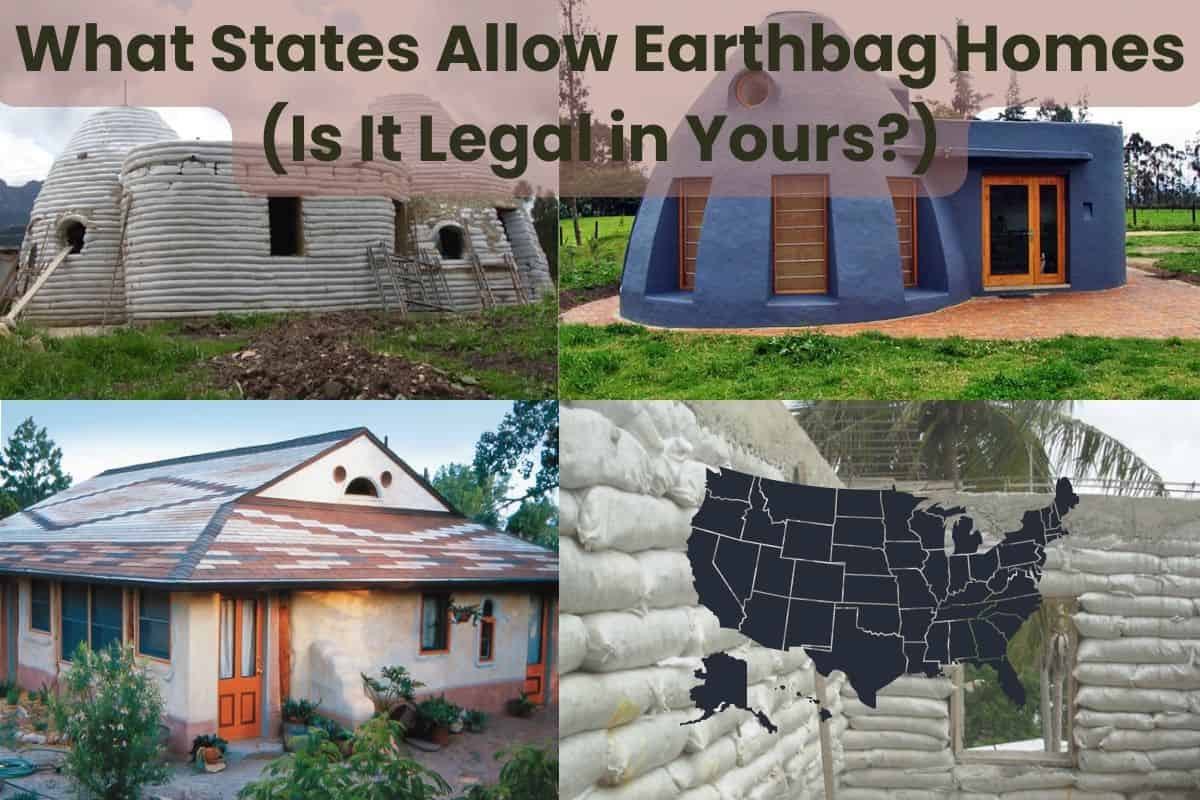
Images courtesy of homedit, Mother Earth News, Lowimpact.org, and INHABITAT.
Is it legal to build an earthbag home in your state?
Although earthbag homes are a sustainable and affordable alternative to traditional housing, the technique is still new, and as such, it’s not permitted in all states.
Therefore, it’s essential to know if your state allows this type of construction before proceeding.
So, what states allow earthbag homes?
States that allow earthbag homes include California, Hawaii, Kentucky, Arizona, and Utah. However, when building earthbag homes in these states, you must adhere to stipulated building codes for health and safety. A rule of thumb is to confirm these requirements from your local authorities.
In the rest of this article, I’ll discuss why earthbag homes are not allowed in all states.
I’ll also share case studies of earthbag homes in the states that allow this type of construction. Let’s get started!
Why Are Earthbag Homes Not Allowed in All States?

Despite their numerous benefits as a sustainable building method, earthbag homes are not allowed in all states in the U.S. due to the following reasons:
- Local building codes and regulations: Although the International Building Code (IBC) applies throughout the U.S., individual states have local building codes that vary from state to state. While some states may not have specific codes for earthbag building, others have codes that restrict earthbag construction. For instance, many states do not recognize this building technique as viable.
- Environmental restrictions: Due to their nature, earthbag homes may not be suitable for all environments. For example, these houses are unsuitable in areas prone to earthquakes and other natural disasters. Moreover, some areas may not have suitable soil or terrain for earthbag construction.
- Insufficient knowledge about earthbag construction: Local governments may be unfamiliar with earthbag construction. As a result, they may be hesitant to allow it until they have a better understanding of its safety and effectiveness. If you live in such a state, you’ll have to go through a lengthy and expensive process of obtaining permits and approvals.
What States Allow Earthbag Homes?
In this section, we shall look at some earthbag homes in states where this construction technique is allowed.
1. Hawaii
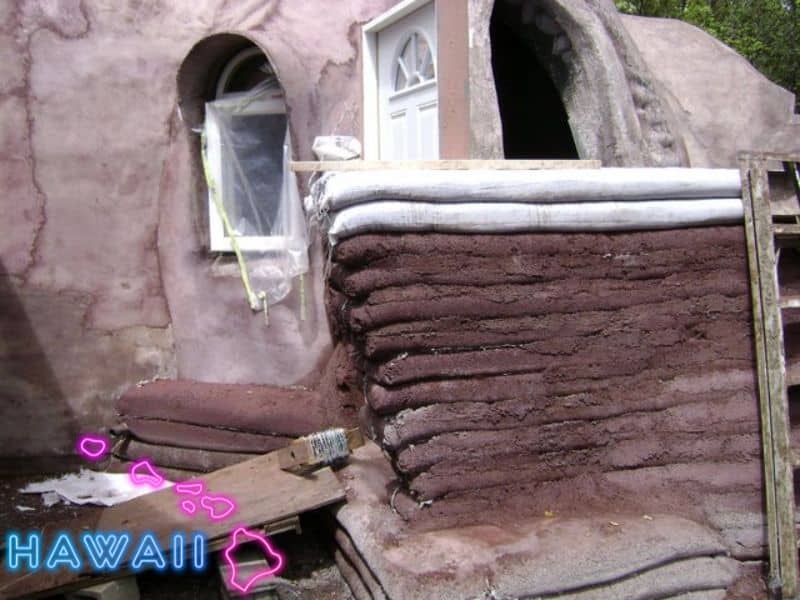
Mark Hanson and his friend Jorge Dominguez built the first code-permitted Hawaiian earthbag home.
As the first code-permitted earthbag house in Hawaii, Mark had to go through a lengthy process to get the go-ahead from the local authorities.
After purchasing construction blueprints from Cal-Earth, the projects needed state building code permits to commence. Acquiring these permits was a lengthy process that took almost a year. However, once everything was in place, Mark and his friend began the construction.
The earthbag house was designed to be resistant to hurricanes and earthquakes. The primary materials were clay covered with stucco and waterproofing.
Mark used earth-filled superadobe coils, cement, and blue rock to make the house durable.
2. Kentucky
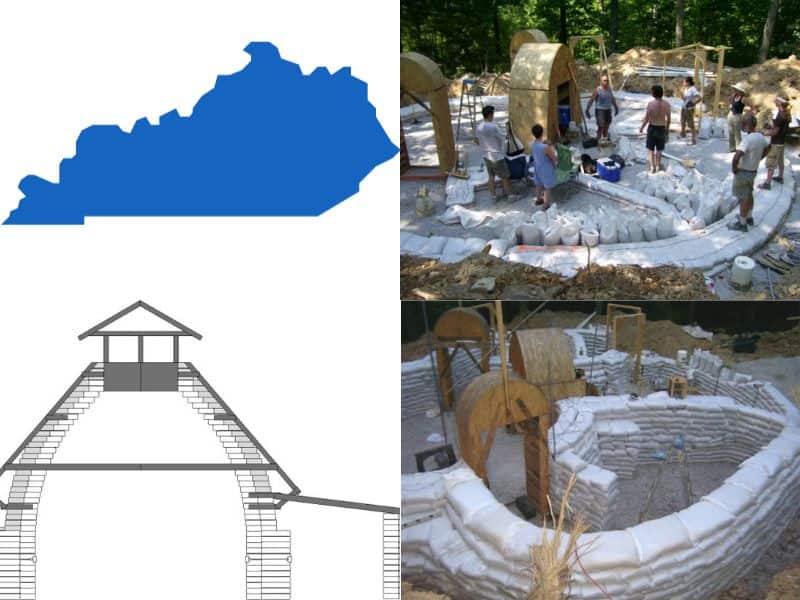
John Capillo, an earthbag construction expert, built an earthbag home in Kentucky to teach people the fundamentals of earthbag building. He used this workshop to build his earthbag home since the technique had been approved by Kentucky’s Department of Housing, Buildings, and Construction.
Unlike Mark’s case in Hawaii, John did not struggle to get a permit for his earthbag construction in Kentucky. Building officials from the state were open to new ideas and approved earthbag construction as an alternative building technique.
John’s earthbag dome was 16-feet (4.88 meters) tall and built with a wooden roof.
Although John wanted to fill the bags with onsite soil, it turned out that the soil on the site had high clay content and large rocks. This meant the bag had spaces that would compromise the home’s structural integrity. Consequently, they had to truck in dense lime dust from a quarry.
Like other earthbag houses, John built arched doorways to match the earthbag design. Buttressing came into play as a supporting mechanism to ensure the house remains strong in case of disasters like earthquakes.
The earthbag home ended up occupying 500 square feet (46.45 square meters) due to the space occupied by the filled sandbags and the womblike design.
3. California
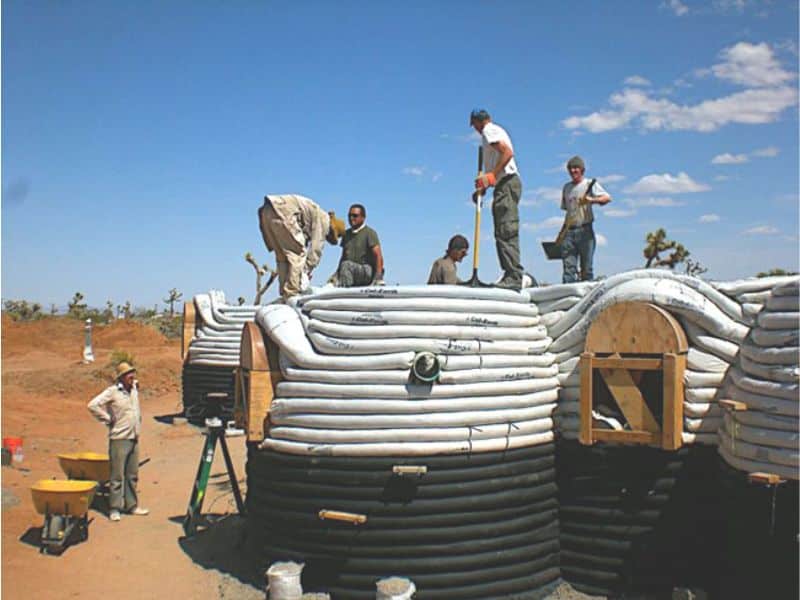
The California building code is one of the toughest in the United States because this state is prone to seismic issues. According to the California Earthquake Authority, this state is home to two-thirds of the nation’s earthquake risks.
Despite the above information, California is among the states that allow earthbag homes.
The Joshua Tree Home is an excellent case study for an earthbag home in California. The home belongs to Mark Reppert and was designed and built by the Cal-Earth Institute.
The fact that San Bernardino County issued a permit to build the house proves that California allows earthbag homes.
Due to the stringent measures in California to ensure houses are durable and can withstand the frequent seismic issues, the institute collaborated with the state’s building officials to ensure the project’s designs got approved.
The project brought together some of the best earthbag builders from Cal-Earth. A notable figure was Ian Lodge, an international Earthbag builder.
They used different tubes, depending on dome sizes. 18-inch (45.72 cm) tubes were used for the central domes and 16-inch (40.64 cm) tubes for the smaller ones.
The composition of the fill used in the tubes is as follows:
- Onsite soil: 70 percent
- Gravel: 22 Percent
- Cement: 8 percent
The house is buried 4 feet (1.22 meters) underground and has Roman-arched windows.
4. Utah
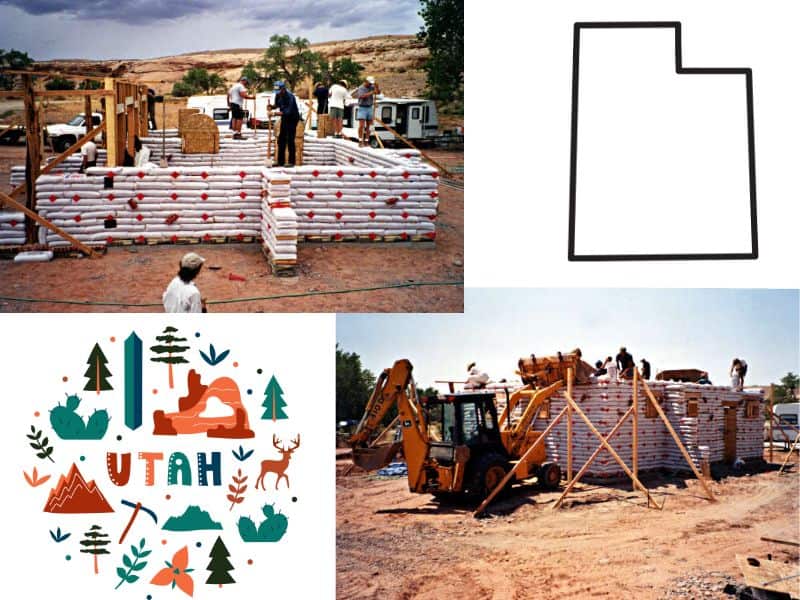
As one of the states that allow earthbag homes in the U.S., Utah has some of the best earthbag houses in the country.
The Earthbag Construction Project in North Cascades National Park is an excellent earthbag house built by Engineer John Lewis in Utah.
Lewis decided to use earthbag construction because the project’s site, Bluff, was a remote place where shipping conventional construction materials could be costly. Earthen construction was also cheaper than other materials in this area.
Lewis, together with a crew of five Bureau of Land Management (BLM) permitting station employees, embarked on the project.
They started by laying a concrete foundation and arranging earthbags with the subsequent layers held together by barbed wire.
Each row of earthbags was tamped thoroughly, reducing the bag’s sizes from 10 inches (25.4 cm) to 5 inches (12.7 cm).
The tampering ensured sufficient compaction to make the walls stronger.
The doors and windows were made from wooden forms.
After working for 80 hours, the crew had built 132 linear feet of 9.5-foot-high earthbag wall. This shows how time-consuming earthbag construction is compared to conventional building methods.
5. Arizona
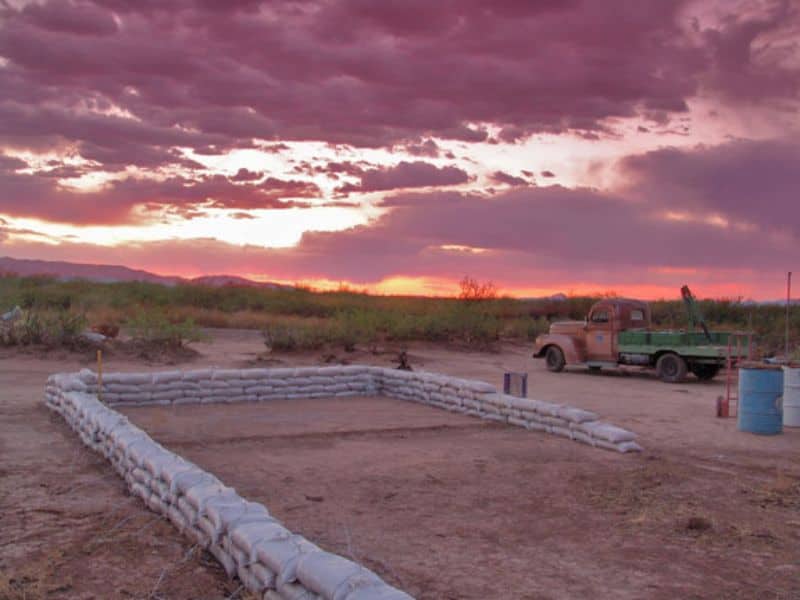
The Large Arizona Shop Structure is an ideal case study for earthbag construction.
The project is a 20 by 50-foot (6.1 by 15.24-meter) structure built entirely with earthbags. The earthbags used for the foundation were filled with crushed rocks and laid into shallow trenches. This was done to make drainage easier in case of heavy rain.
The rows of earthbags were cinched with barbed wire to hold them in place.
The fully-built wall was plastered with stucco and coated with a final layer of lime render and paper adobe. These coats make it aesthetically appealing.
Finally, the roof was made from metal lath fastened onto pre-built trusses.
Where It Might Be Illegal to Build Earthbag Homes
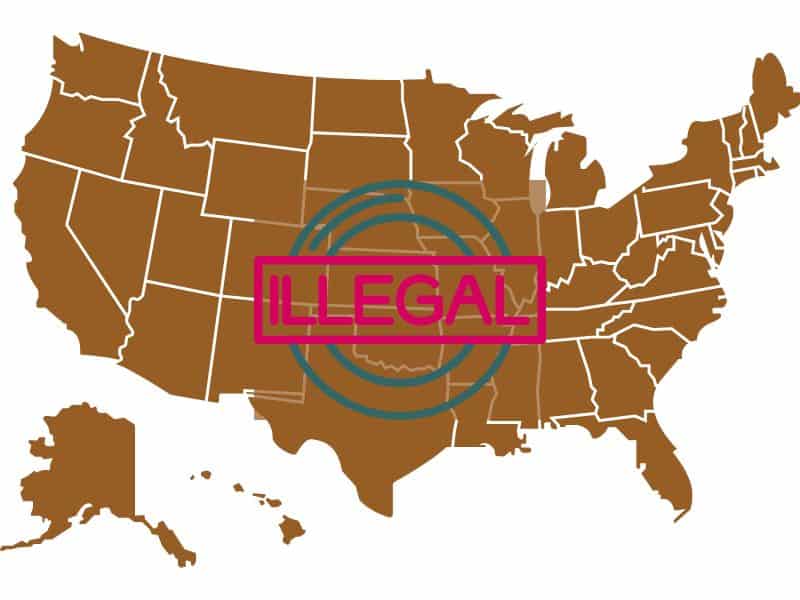
The legality of building earthbag homes varies depending on the State and local regulations.
In some states, it might be illegal to build earthbag homes due to building codes, zoning regulations, or other local rules.
A state like Florida has stringent measures on building with earthbags. These measures make it hard to get an earthbag construction permit.
The best way to ascertain if building an earthbag home is illegal in your state is by visiting the local construction authorities to check for the building codes and zoning regulations.
You can get an engineer’s stamp of approval if you want to pursue earthbag building in your area.
Final Thoughts
Before building an earthbag home, it’s essential to do your research and ensure it’s legal in your state.
While the regulations may vary from state to state, it’s clear that earthbag homes are gaining popularity due to their affordability and eco-friendliness.
With more states recognizing the value of earthbag homes, it’s likely that the number of states that allow earthbag homes will keep increasing.
Now that you know the states that allow earthbag homes, where can you find experienced earthbag builders? Since it can be challenging to find reputable builders, we have compiled a list of the best three earthbag home builders in the USA.


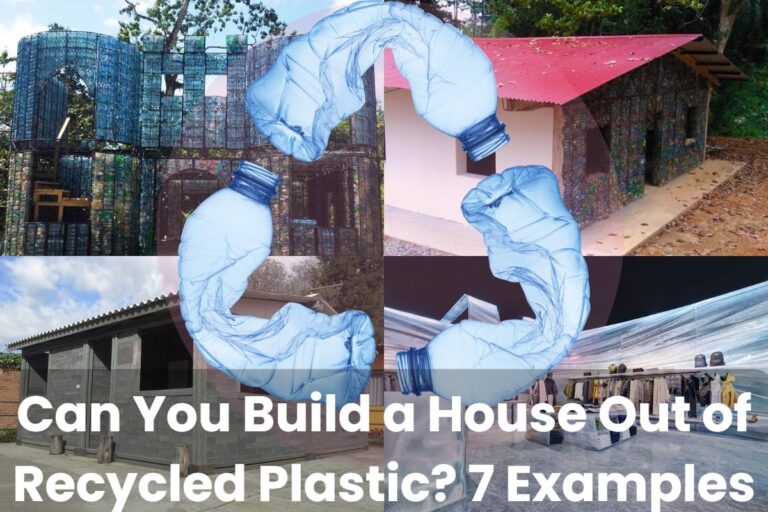
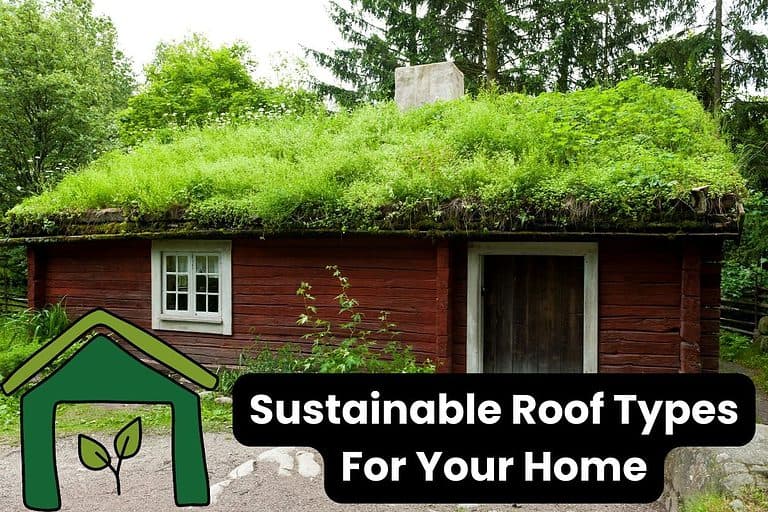
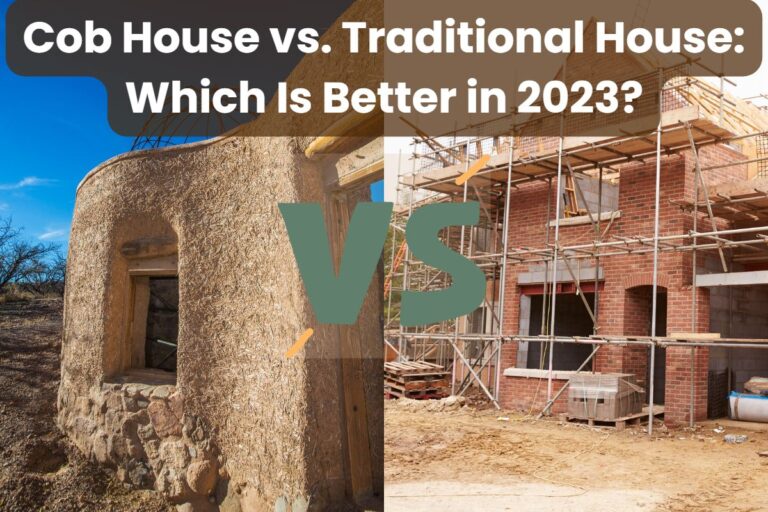



Is earth bag construction allowed in Wisconsin?
Hi Ximena. I’ve heard mixed reports about whether earthbag construction is allowed in Wisconsin. I think your best bet is to speak with the local building inspector to ask them directly. I’d recommend getting your answer in writing, too – you can’t be too careful with that sort of thing.